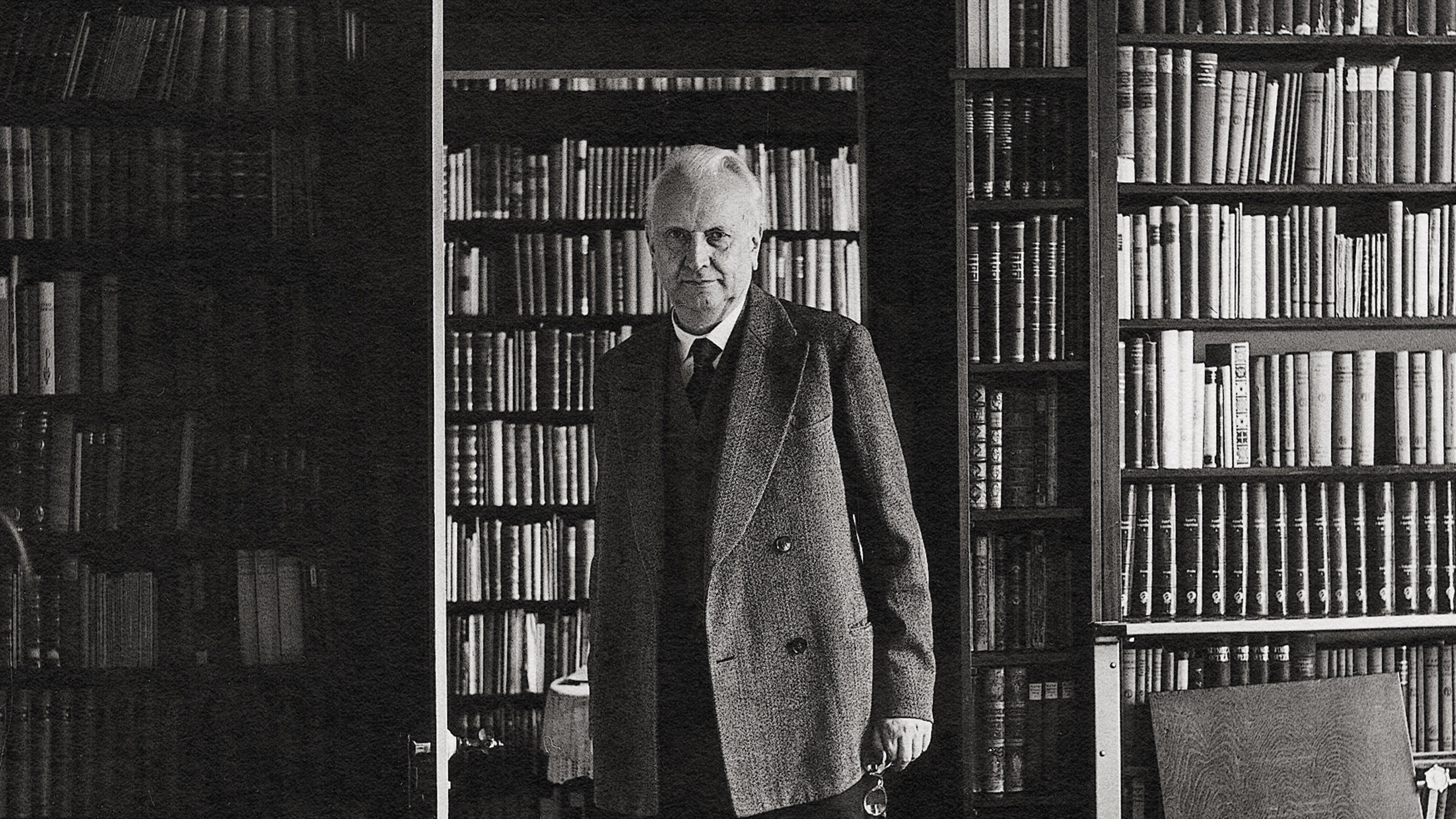Do you work in a high-trust or low-trust organization?

Chairman of JetBlue Joel Peterson considers trust, “smart” trust, a key element in a successful organization. Where there’s trust, a company is free to become a whole greater than the sum of its parts. In what he calls a “low-trust organization,” everything is harder; insecurity drives political maneuvering, individuals are less likely to put the company first, and there’s a self-protective aversion to risk that limits the company’s potential. Peterson’s written a book about this, The 10 Laws of Trust, and in his Big Think+ video, “Developing High-Trust Organizations: An Introduction to Smart Trust,” he offers a smart trust primer.
What is trust, really?
To trust someone is to give up a degree of control. It’s not necessarily something that comes naturally — we like to feel in control of our destinies to the extent we can be. Without it, though, not much gets done. We trust all the time to one degree or another, with our doctors, car mechanics, and other people who have skills and/or knowledge we don’t personally possess.
Trust does definitely involve a certain degree of risk. Making a decision not to trust can feel safer in the short-term, but it’s a limiting strategy. Says Peterson, “Where you’re willing to give trust, and you do it in a smart way, you actually extend your abilities considerably.” At its heart, people trust when, as Peterson says, they believe “they can get more done working together than they can working alone.”
What makes a company or person worthy of trust?
In a business context, says Peterson, trust starts at the top of an organization, so it makes sense to look to a company’s leader or leaders to assess whether or not they’re worthy of trust. To do so, they must meet three requirements. (If you’re a leader, others will look to you to embody these traits.)
- Character — Does a person act with integrity? Do they do what they say they’re going to do? Are they all-in with the entire team or do they operate based on their own needs?
- Competence — In classes, Peterson says participants often cite their mothers as the person most likely to have their backs. Still, he asks, “Well, would you trust your mother to fly a 747 to London?” As vital as strong character is, being able to trust a leader’s competence is equally vital.
- Authorization — Finally, to be of real value, a competent leader with good character has to have the authority to contribute those attributes to the organization without being hampered by untrustworthy behavior from above.
How trust enables success
Peterson draws an illustrative contrast between the crippling attributes of low-trust organizations and the success-breeding traits of high-trust organizations.
Individuals in low-trust organizations spend a lot of time in self-protection mode, jockeying for position, gossiping, and being generally less productive. “The best ideas don’t win necessarily,” he says, “the most powerful people win.” There’s less incentive to collaborate or take risks, since the company punishes failure. So even though there may be fewer missteps, growth is constrained as employees “don’t dream big, they don’t try big things.”
In a high-trust company, on the other hand, a failure is seen merely as a lesson and a preamble to future success. Individuals thus feel safe, ready to collaborate, to experiment. With smart trust in place, time isn’t wasted on CYA, and team members feel secure enough to invest in a shared vision. They can allow themselves to feel excited about taking risks, and free to dream up new ways for the organization to rise ever higher.




